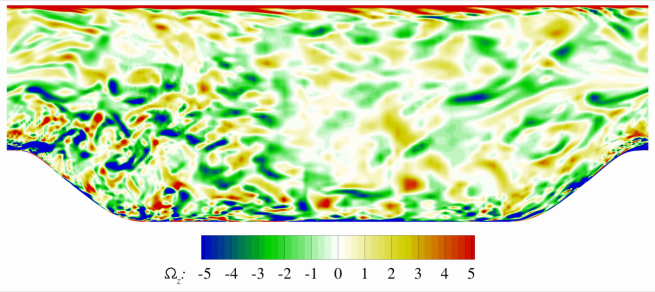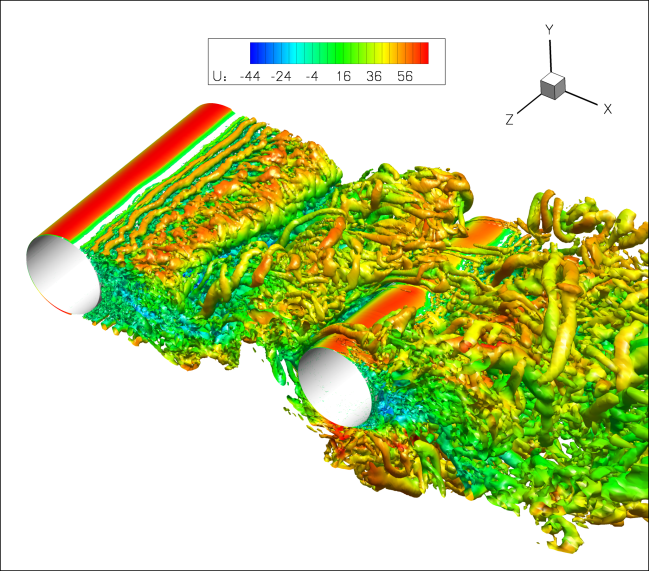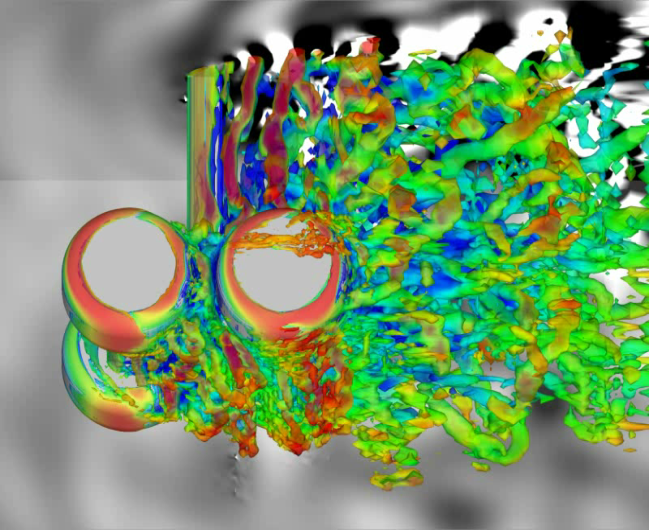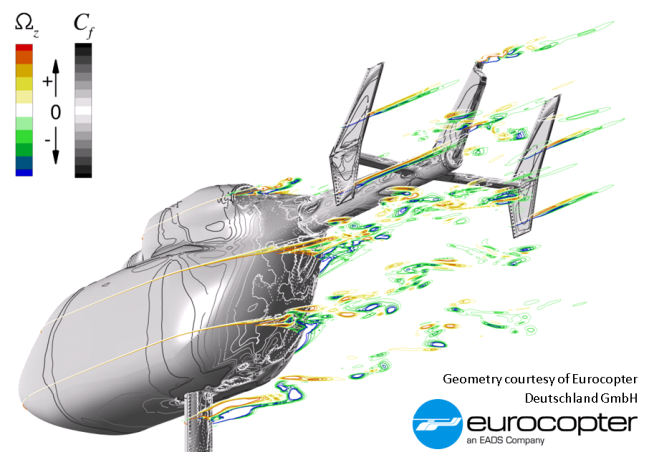Link to project website: http://cfd.mace.manchester.ac.uk/twiki/bin/view/ATAAC/WebHome
![]()
EU 7th Framework Programme
![]()
![]()
Responsible for TU Berlin Contribution: Charles Mockett, Frank Thiele
Team members: Marian Fuchs, Christoph Gmelin, Björn Greschner, Thorsten Reimann, Liang Wang
The
ATAAC project aims at improvements to CFD methods for aerodynamic
flows used in today's aeronautical industry. The accuracy of these is
limited by insufficient capabilities
of the turbulence
modelling/simulation approaches available, especially at the high
Reynolds numbers typical of real-life flows. As LES will not be
affordable for such flows in the
next 4 decades, ATAAC focusses on
Differential Reynolds Stress Models (DRSMs), advanced Unsteady RANS
models, Scale-Adaptive Simulation (SAS), Wall Modelled LES and
different hybrid RANS-LES coupling schemes.
The
resources of the project will be concentrated exclusively on flows
for which the current models fail to provide sufficient accuracy, eg.
in stalled flows, high-lift applications,
swirling flows (delta
wings, trailing vortices), buffet etc. The assessment and improvement
process will follow thoroughly conceived roadmaps linking practical
goals with corresponding
industrial application challenges and with
modelling/simulation issues through "stepping stones"
represented by appropriate generic test cases.
Objectives
The final goals of ATAAC are:
To recommend one, or at most two, "best" DRSMs for conventional RANS and URANS
To provide a small set of hybrid RANS-LES and SAS methods that can be used as "reference" turbulence-resolving approaches in future CFD design tools.
To formulate clear indications of areas of applicability and uncertainty of these approaches for aerodynamic applications in industrial CFD
In
contributing to reliable industrial CFD tools, ATAAC will have a
direct impact on the predictive capabilities in design and
optimisation, and directly contribute to the development of
greener
aircraft.
TU Berlin work focus within ATAAC
TU
Berlin are focussing on the further validation and improvement of
state-of-the-art Detached-Eddy Simulation (DES) methods, in
particular on their maturity for industrial application
and for
computational aero-acoustics applications. TU Berlin is also
responsible for the compilation of Best Practice Guidelines from the
overall ATAAC project.
Some examples of test cases computed by TU Berlin with DES are given in the following pictures:

Wall-modelled LES of separating/attaching flow over periodic, 2D hills using the IDDES approach.

DES of flow around tandem cylinders, a benchmark problem for broadband noise prediction.

Vortical structures (coloured) and sound wave propagation (black and white) from compressible DES of rudimentary landing gear model.

DDES of separated wake flow downstream of a helicopter fuselage model.
 Kontakt
Kontakt|
Dr. Ing. Charles Mockett |
FG Numerische Fluiddynamik |